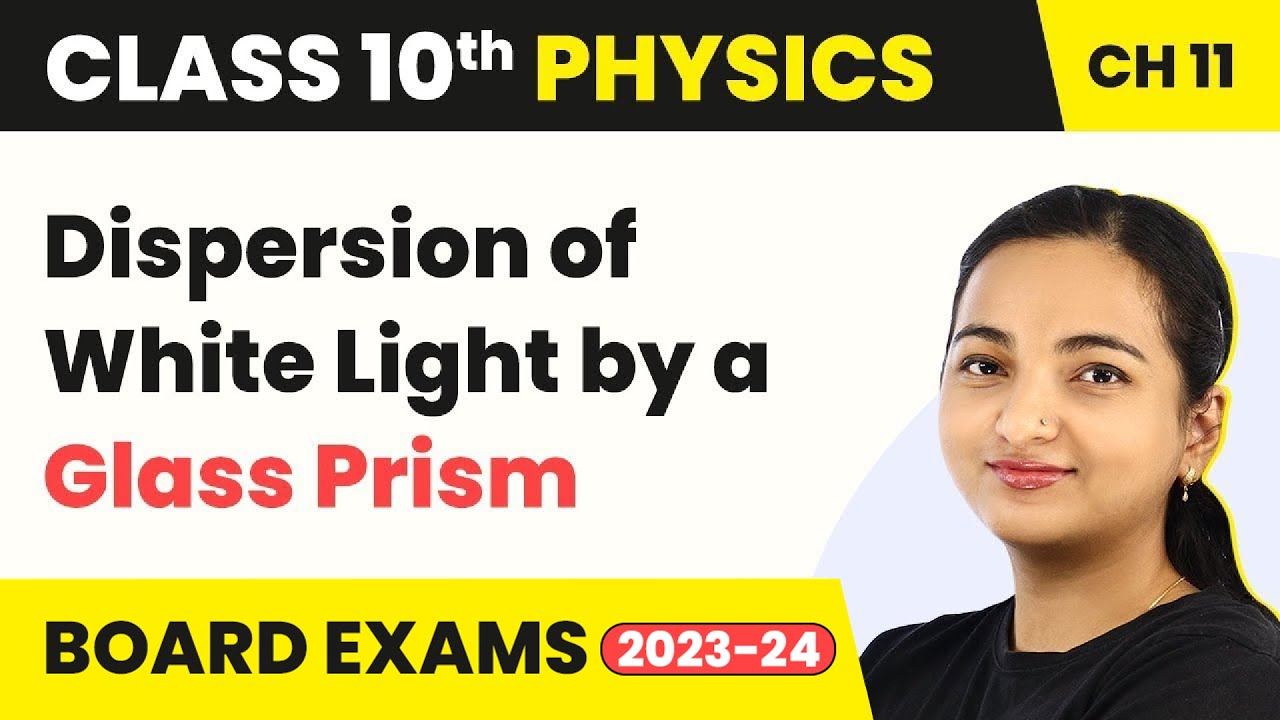Grade 8 Science Q1 Ep8: Colors of Light
Summary
TLDRThis educational video script explores the science behind the colors we see, focusing on light refraction and dispersion. It explains how different colors have varying wavelengths, frequencies, and energies, with violet having the shortest wavelength and highest energy. The script includes an experiment demonstrating light dispersion through a water-filled bowl and a mirror, illustrating the creation of a rainbow's colors. It also discusses the concept of refraction, using a pencil in water as an example, and concludes with a quiz to test viewers' understanding of the presented concepts.
Takeaways
- 🌍 COVID-19 has had a global impact, causing significant disruption and affecting many aspects of life.
- 🌈 Despite the challenges, there is reason for optimism as life continues and the world remains colorful and vibrant.
- 🔍 The colors we see are part of the visible spectrum of the electromagnetic spectrum, determined by how objects absorb or reflect light.
- 🌈 The sequence of colors in a rainbow (ROYGBIV) is due to the dispersion of light, which is a form of refraction.
- 💡 Light from the sun, which appears white, is actually a mixture of all the colors in the visible spectrum.
- 🔬 The experiment with a flashlight, mirror, and water demonstrates how light can be dispersed into its constituent colors.
- 📊 Violet has the highest frequency and shortest wavelength, while red has the lowest frequency and longest wavelength among visible light colors.
- 🌅 Phenomena like red sunsets and blue skies are explained by the dispersion and refraction of light in the atmosphere.
- 🔄 Refraction is the bending of light as it passes from one medium to another, which is influenced by the optical density of the medium.
- 🌊 Objects underwater appear different due to refraction, as light changes speed and direction when moving from water to air.
- 📚 The lesson concludes with a quiz to reinforce understanding of the concepts of dispersion, refraction, and the properties of light.
Q & A
What is the highest energy color among the colors of the rainbow?
-The highest energy color among the colors of the rainbow is violet.
Which color has the least energy in the rainbow spectrum?
-Red has the least energy among the colors of the rainbow.
What property of light enables the formation of a rainbow?
-The property of light that enables the formation of a rainbow is refraction.
Which color of light bends the most when passing through a medium like a prism?
-Violet light bends the most when passing through a medium like a prism.
What is the shortest wavelength color in the visible spectrum?
-Violet has the shortest wavelength in the visible spectrum.
How is the arrangement of colors in a rainbow determined?
-The arrangement of colors in a rainbow is determined by the dispersion of light, which is a kind of refraction that separates light into its constituent colors.
What is the acronym to remember the order of colors in a rainbow?
-The acronym to remember the order of colors in a rainbow is ROYGBIV, which stands for Red, Orange, Yellow, Green, Blue, Indigo, and Violet.
What causes the colors we see when light is refracted?
-The colors we see when light is refracted are caused by different colors of light bending by different amounts due to their varying wavelengths and frequencies.
How does the wavelength of light relate to its color and energy?
-The wavelength of light is inversely related to its color and energy; shorter wavelengths like violet have higher frequencies and more energy, while longer wavelengths like red have lower frequencies and less energy.
What is the role of optical density in the refraction of light?
-Optical density plays a role in the refraction of light by determining how much light slows down and bends when it travels from one medium to another with a different optical density.
How can the phenomenon of light dispersion be demonstrated at home?
-The phenomenon of light dispersion can be demonstrated at home using a flashlight, a bowl of water, a small mirror, and paper. By reflecting light from the flashlight into the water onto the paper, one can observe the dispersion of light into its constituent colors.
Outlines

Dieser Bereich ist nur für Premium-Benutzer verfügbar. Bitte führen Sie ein Upgrade durch, um auf diesen Abschnitt zuzugreifen.
Upgrade durchführenMindmap

Dieser Bereich ist nur für Premium-Benutzer verfügbar. Bitte führen Sie ein Upgrade durch, um auf diesen Abschnitt zuzugreifen.
Upgrade durchführenKeywords

Dieser Bereich ist nur für Premium-Benutzer verfügbar. Bitte führen Sie ein Upgrade durch, um auf diesen Abschnitt zuzugreifen.
Upgrade durchführenHighlights

Dieser Bereich ist nur für Premium-Benutzer verfügbar. Bitte führen Sie ein Upgrade durch, um auf diesen Abschnitt zuzugreifen.
Upgrade durchführenTranscripts

Dieser Bereich ist nur für Premium-Benutzer verfügbar. Bitte führen Sie ein Upgrade durch, um auf diesen Abschnitt zuzugreifen.
Upgrade durchführenWeitere ähnliche Videos ansehen
5.0 / 5 (0 votes)






